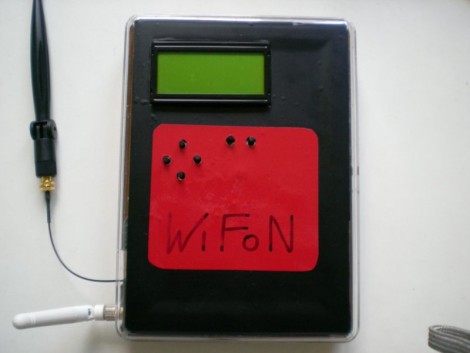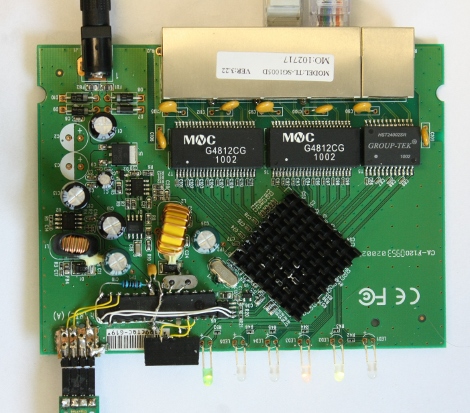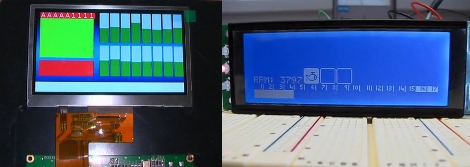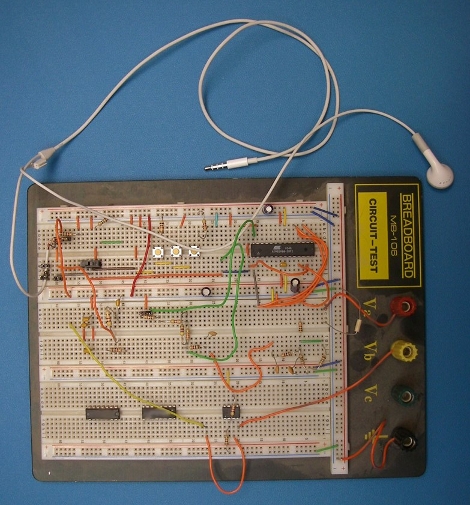
Inside this box you’ll find a La Fonera wireless access point. [Emeryth] and his band of miscreants built this portable device for WiFi security testing. The AP is running OpenWRT and has been set up to use the 16×4 character display as a terminal. An ATmega88 connects the LCD as well as six buttons to the UART of the La Fonera. From there, a set of Ruby scripts takes care of the communication protocol. As you can see after the break, this setup allows you to scan the area for WiFi, showing channel, SSID, and MAC information. Although not specifically outlined in the video we suspect there’s some more devious tricks up its sleeve too.















